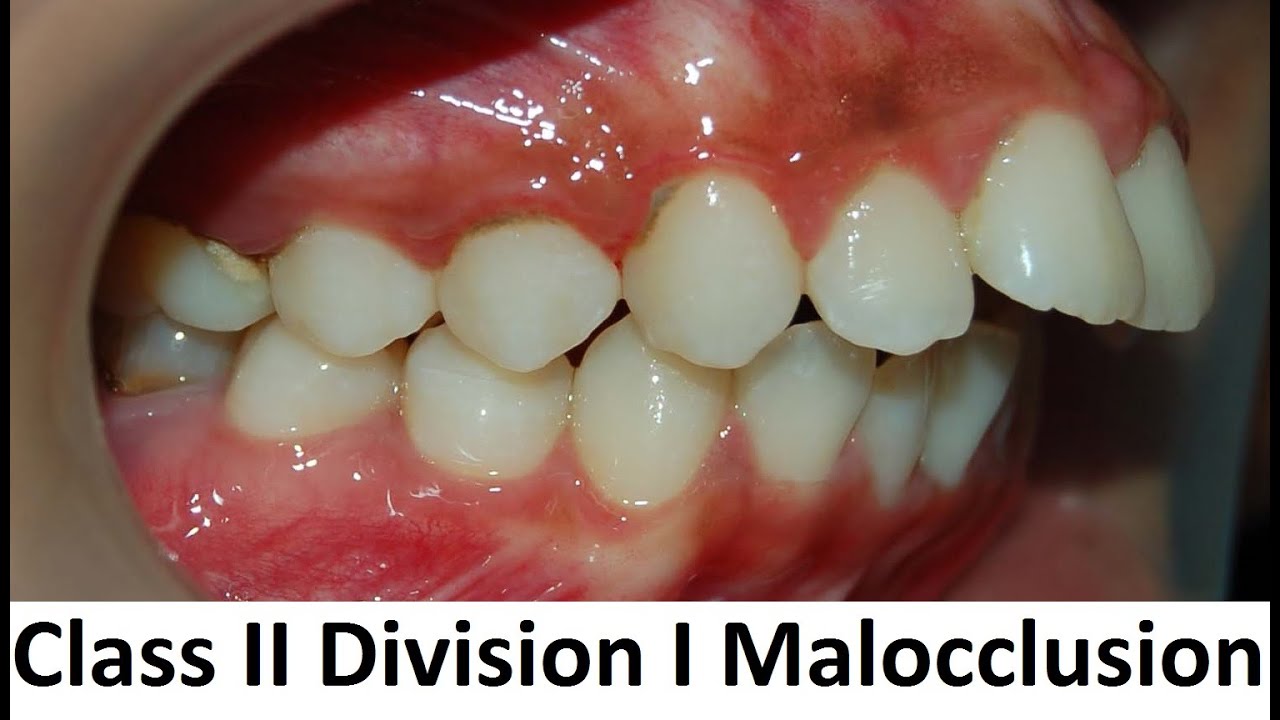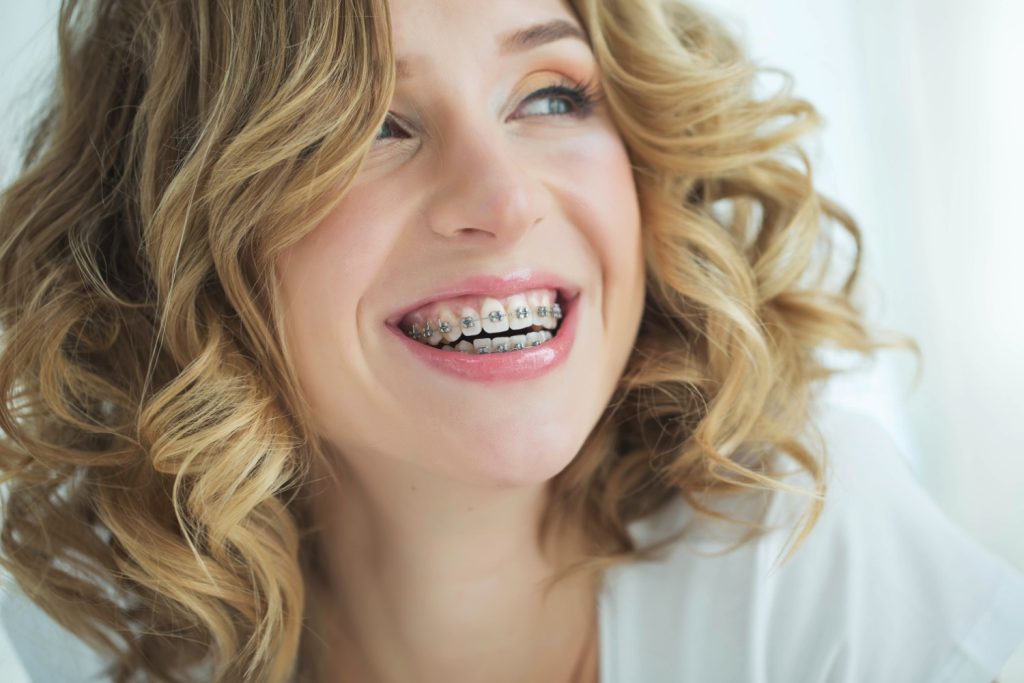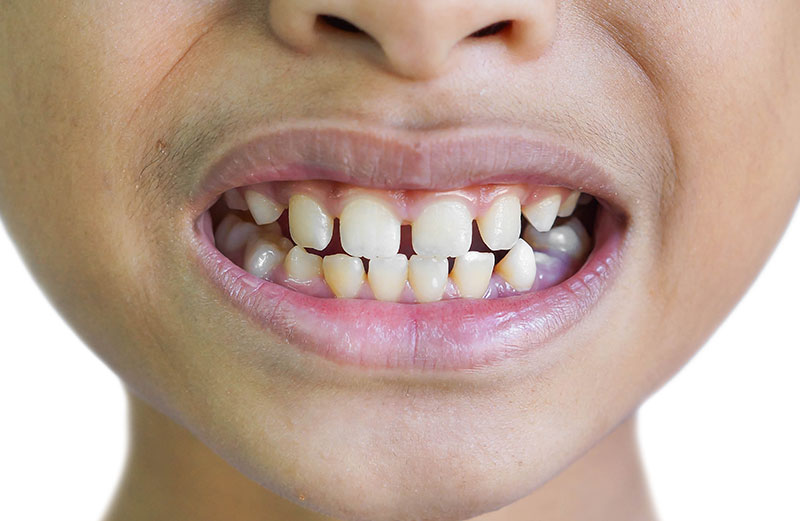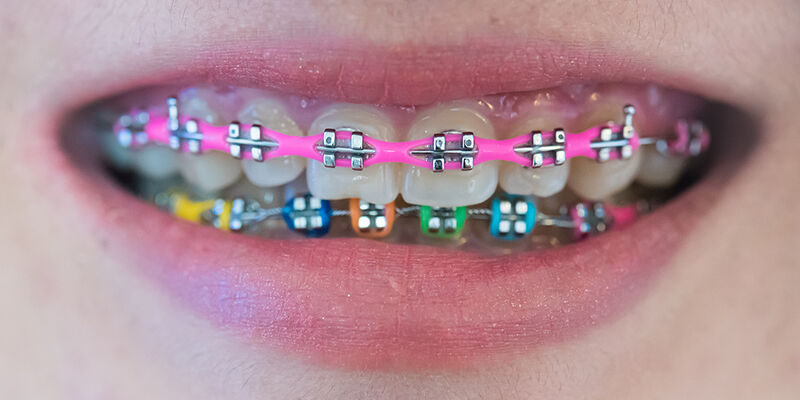Class ii malocclusion division 1

Understanding Class II Malocclusion Division 1: Causes, Diagnosis, and Treatment
Class II malocclusion Division 1 is a specific type of dental misalignment characterized by distinct features and requiring targeted treatment approaches. This comprehensive guide explores the causes, diagnosis, and treatment options for Class II malocclusion Division 1, shedding light on its impact on oral health and overall well-being.
What is Class II Malocclusion Division 1?
Class II malocclusion Division 1 is a subtype of Class II malocclusion, which is characterized by the protrusion of the upper front teeth (maxillary incisors) over the lower front teeth (mandibular incisors). This condition presents with specific dental and skeletal characteristics that differentiate it from other types of malocclusion.
Features of Class II Malocclusion Division 1
- Protrusion of Upper Front Teeth: One of the hallmark features of Class II malocclusion Division 1 is the significant protrusion of the upper front teeth. This creates an overjet, where the upper incisors extend forward beyond the lower incisors.
- Deep Overbite: In addition to the protrusion of the upper front teeth, Class II Division 1 malocclusion often presents with a deep overbite. This means that the upper front teeth vertically overlap the lower front teeth excessively when the jaws are closed.
- Crowding or Spacing: Depending on individual dental arch size and tooth size discrepancies, Class II Division 1 malocclusion may also involve crowding of teeth in either arch or spacing issues between teeth.
- Skeletal Imbalance: Class II Division 1 malocclusion may be associated with a skeletal discrepancy where the upper jaw (maxilla) is positioned forward relative to the lower jaw (mandible). This skeletal imbalance contributes to the protrusion of the upper front teeth.
- Facial Profile: Individuals with Class II Division 1 malocclusion often exhibit a convex facial profile due to the forward position of the upper jaw and teeth. The lips may appear protrusive, contributing to the overall facial aesthetics.
Causes of Class II Malocclusion Division 1
Class II malocclusion Division 1 can result from a combination of genetic, environmental, and behavioral factors:
- Genetics: Inherited traits play a significant role in the development of malocclusions. Family history of Class II malocclusion increases the likelihood of its occurrence.
- Dental Growth and Development: Abnormal growth patterns of the jaws and teeth during childhood and adolescence can lead to Class II Division 1 malocclusion.
- Thumb Sucking and Pacifier Use: Prolonged habits such as thumb sucking or pacifier use beyond infancy can alter the alignment of teeth and jaws, contributing to malocclusion.
- Dental Injuries or Trauma: Trauma to the teeth or jaws, especially during early developmental stages, can disrupt normal dental alignment and contribute to malocclusion.
Diagnosis of Class II Malocclusion Division 1
Diagnosing Class II malocclusion Division 1 involves a thorough dental examination by a qualified orthodontist or dentist:
- Clinical Examination: Physical evaluation of dental and facial features, including bite assessment, facial profile analysis, and dental arch alignment.
- Dental X-rays: Radiographic images such as panoramic X-rays or cephalometric X-rays provide detailed views of dental and skeletal structures, aiding in the diagnosis of malocclusion and treatment planning.
- Dental Impressions: Taking dental impressions allows for the creation of models that help visualize tooth alignment and occlusal relationships.
Treatment Options for Class II Malocclusion Division 1
The treatment approach for Class II malocclusion Division 1 aims to correct dental alignment, improve facial aesthetics, and restore optimal oral function. Treatment options may include:
- Orthodontic Treatment:
- Braces: Traditional metal braces or ceramic braces are used to gradually move the teeth into proper alignment. Brackets are bonded to the teeth, and archwires are adjusted periodically to achieve desired tooth movements.
- Clear Aligners: Removable clear aligner systems, such as Invisalign, provide a more discreet alternative to braces. They are custom-made to fit snugly over the teeth and guide them into proper alignment.
- Functional Appliances:
- Herbst Appliance: This fixed functional appliance consists of metal rods and tubes that encourage the lower jaw to catch up to the upper jaw’s growth. It helps correct the skeletal discrepancy and reduce the protrusion of the upper front teeth.
- Twin Block Appliance: The twin block appliance consists of upper and lower plates that work together to position the lower jaw forward, promoting balanced jaw growth and alignment.
- Surgical Intervention:
- Orthognathic Surgery: In severe cases of Class II malocclusion Division 1 with significant skeletal discrepancies, orthognathic surgery may be recommended. This surgical procedure involves repositioning the upper and/or lower jaw to achieve proper alignment and facial harmony.
- Retention Phase:
- After active orthodontic treatment, retainers are essential to maintain the corrected tooth positions and prevent relapse. Retainers may be removable or fixed, depending on individual treatment needs.
- Lifestyle and Oral Health Education:
- Educating patients about proper oral hygiene practices and the importance of maintaining regular dental visits to ensure long-term oral health and stability.
Potential Complications of Untreated Class II Malocclusion Division 1
Untreated Class II malocclusion Division 1 can lead to various complications:
- Dental Wear and Damage: The protrusion of upper front teeth can lead to increased wear and damage to the teeth, affecting their longevity and function.
- Temporomandibular Joint (TMJ) Disorders: Malocclusion can strain the TMJ, leading to discomfort, pain, and potential TMJ disorders.
- Speech Impairments: Severe malocclusion can affect speech articulation, leading to difficulties in pronouncing certain sounds.
- Aesthetic Concerns: The facial profile may appear imbalanced due to the protrusion of the upper front teeth, affecting overall facial aesthetics and self-esteem.
Conclusion
Class II malocclusion Division 1 is a specific subtype of malocclusion characterized by the protrusion of the upper front teeth over the lower front teeth and often accompanied by a deep overbite. Understanding its causes, diagnosis, and treatment options is crucial for orthodontists, dentists, and individuals seeking to address dental misalignment and improve oral health and aesthetics. Early intervention and personalized treatment plans tailored to each patient’s needs can achieve optimal outcomes, restoring proper dental alignment, facial harmony, and functional occlusion. Regular dental evaluations and proactive management are essential for maintaining long-term oral health and stability following treatment for Class II malocclusion Division 1.
Related to read:
Best Oral Hygiene Practices For Optimum Oral Health.
How to Whiten Teeth Naturally?
How to keep your gums healthy and disease-free?
References
To ensure the information provided is accurate and up-to-date, the following sources were referenced:
- American Dental Association. (n.d.). Plaque and Tartar. Retrieved from ADA website
- Mayo Clinic. (n.d.). Dental Plaque. Retrieved from Mayo Clinic website
- National Institute of Dental and Craniofacial Research. (n.d.). Periodontal (Gum) Disease. Retrieved from NIDCR website








